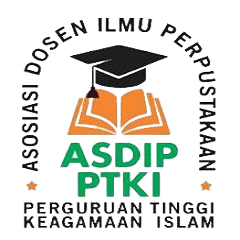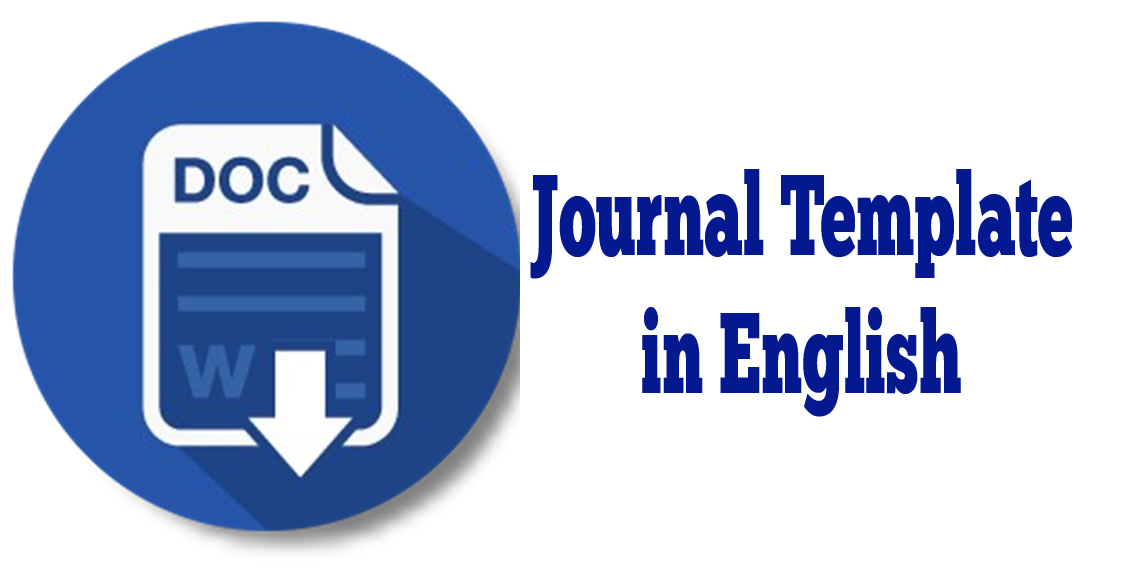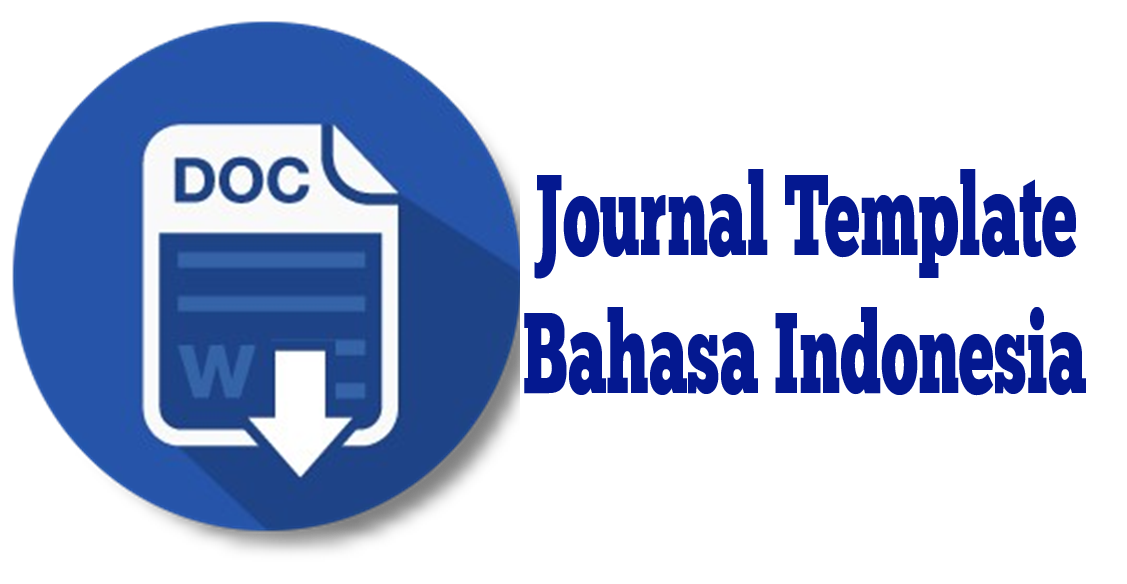Pengembangan Aplikasi Pengelola Referensi Skripsi Mahasiswa Universitas Negeri Malang berbasis Personal Information Management
Abstract
The compilation of reference documents for the thesis can be collected in large numbers. Documents collected in large numbers that not accompanied by good document management can cause "Messy Work Environment". PIM (Personal Information Management) can be used in the management of thesis reference documents. This study used a R&D method. The research data collection technique used semi-structured interviews. Information selected using purposive sampling technique, based on this technique obtained ten information status as students of the State University of Malang who are currently working on their thesis. Data analysis techniques using qualitative data analysis techniques from Miles and Huberman. From the research conducted, it can be seen that some of the main points in each PIM process belong to information such as brief considerations in selecting documents to be stored, using storage methods, and using search and search through search engines as strategies to return to documents.
Keywords
Full Text:
PDFReferences
Ananda, K. R. (2014). Sistem Pendukung Keputusan untuk Menentukan Judul Skripsi Jurusan Teknik Informatika Komputer dengan Menggunakan Metode Simple Additive Weighting (SAW). Pelita Informatika Budi Darma, 6(2).
Bergman, O., & Whittaker, S. (2016). The Science of Managing Our Digital Stuff. MIT Press.
Dayu, A., & Lina, R. (2013). Personal Information Management (PIM) pada Dosen Peneliti Desentralisasi tahun 2013 Universitas Erlangga. Personal Information Management.
Larasati, M., & Prasetyawan, Y. Y. (2020). Personal Information Management Dan Perilaku Mahasiswa Universitas Diponegoro Dalam Memanfaatkan Bookmark Manager. Pustakaloka, 12(2), 215–236.
https://doi.org/10.1016/j.lisr.2019.02.003
Mateo, R., Hernández, J. R., Jaca, C., & Blazsek, S. (2013). Effects of tidy/messy work environment on human accuracy. Management Decision, 51(9), 1861–1877.
https://doi.org/10.1108/MD-02-2013-0084
M-Files. (2019). Intelligent Information Management Benchmark Report. https://www.m-files.com/en/whitepaper-2019-intelligent-information-management-benchmark
Otopah, F. O., & Dadzie, P. (2013). Personal Information Management Practices of Students and its Implications for Library Services. Aslib Proceedings: New Information Perspectives, 65(2), 143–160.
https://doi.org/10.1108/00012531311313970
Schepman, A., Rodway, P., Beattie, C., & Lambert, J. (2012). An Observational Study of Undergraduate Students’ Adoption of (Mobile) Note-Taking Software. Computers in Human Behavior, 28(2), 308–317.
https://doi.org/10.1016/j.chb.2011.09.014
Setiya Budi, D., Azhima Yoga Siswa, T., & Abijono, H. (2016). Analisis Pemilihan Penerapan Proyek Metodologi Pengembangan Rekayasa Perangkat Lunak. 24 TEKNIKA, 5(1).
Stacy, E. M., & Cain, J. (2015). REVIEW Note-taking and Handouts in The Digital Age. http://www.ajpe.org
Universitas Negeri Malang. (2017). Pedoman Penulisan Karya Ilmiah. Universitas Negeri Malang.
Wahyu Ningtiyas, T., Setyosari, P., & Praherdiono, H. (2019). Pengembangan Media Pop-Up Book Untuk Mata Pelajaran Ipa Bab Siklus Air Dan Peristiwa Alam Sebagai Penguatan Kognitif Siswa. JKTP, 2(2), 115–120. http://journal2.um.ac.id/index.php/jktp/index
DOI: http://dx.doi.org/10.29240/tik.v6i1.3474
Refbacks
- There are currently no refbacks.
Copyright (c) 2022 Hisyam Manusakerti, Moh. Safii, Didin Widyartono

This work is licensed under a Creative Commons Attribution-NonCommercial-ShareAlike 4.0 International License.
TIK Ilmeu indexed by:
 This work is licensed under a Creative Commons Attribution-NonCommercial-ShareAlike 4.0 International License.
This work is licensed under a Creative Commons Attribution-NonCommercial-ShareAlike 4.0 International License.















